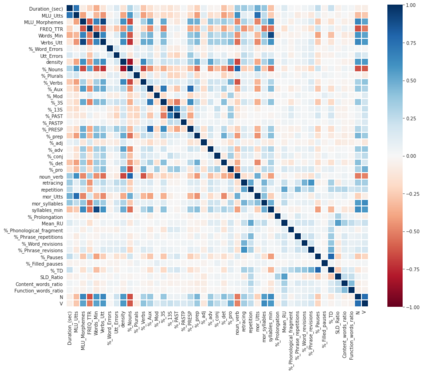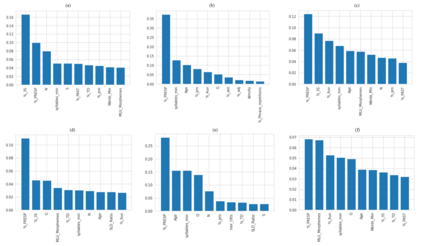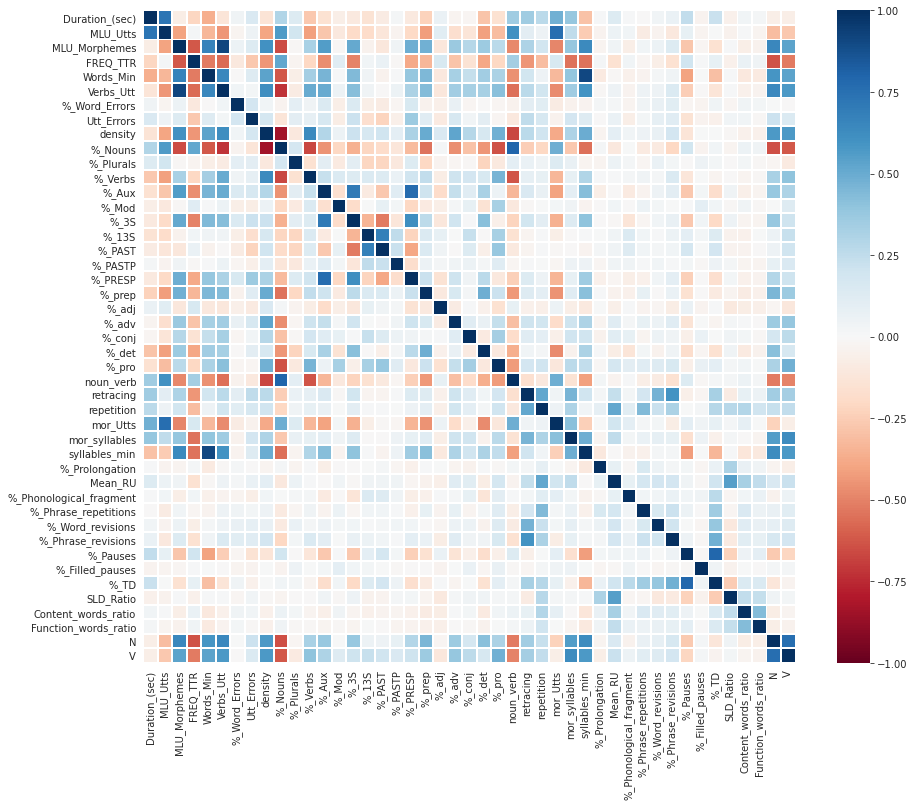Alzheimer's disease (AD) is a neurodegenerative disease that affects nearly 50 million individuals across the globe and is one of the leading causes of deaths globally. It is projected that by 2050, the number of people affected by the disease would more than double. Consequently, the growing advancements in technology beg the question, can technology be used to predict Alzheimer's for a better and early diagnosis? In this paper, we focus on this very problem. Specifically, we have trained both ML models and neural networks to predict and classify participants based on their speech patterns. We computed a number of linguistic variables using DementiaBank's Pitt Corpus, a database consisting of transcripts of interviews with subjects suffering from multiple neurodegenerative diseases. We then trained both binary classifiers, as well as multiclass classifiers to distinguish AD from normal aging and other neurodegenerative diseases. We also worked on establishing the link between specific speech factors that can help determine the onset of AD. Confusion matrices and feature importance graphs have been plotted model-wise to compare the performances of our models. In both multiclass and binary classification, neural networks were found to outperform the other models with a testing accuracy of 76.44% and 92.05% respectively. For the feature importance, it was concluded that '%_PRESP' (present participle), '%_3S' (3rd person present tense markers) were two of the most important speech features for our classifiers in predicting AD.
翻译:阿尔茨海默氏病(AD)是一种神经退化性疾病,它影响到全球近5 000万人,是全球死亡的主要原因之一。据预测,到2050年,受该疾病影响的人数将增加一倍以上。因此,技术的进步将引出一个问题。因此,技术的不断进步可以用来预测阿尔茨海默氏病,以进行更好的早期诊断。在本文中,我们集中关注这个问题。具体地说,我们已经培训了ML模型和神经网络,以便根据他们的演讲模式预测和分类参与者。我们用Dementia Bank的Pitt Corpus(Dementia Bank's Pitt Corpus,这是一个由多神经退化性疾病患者访谈记录组成的数据库)计算了一些语言变量。我们随后培训了二进制分类师和多级分类师,以便区分ADD和正常的老龄化和其他神经退化性疾病。我们还致力于在具体语言因素之间建立联系,可以帮助确定Ad的开始时间。 connclution mexignal 和特征重要图表(三进模型比较了我们的模型的性)的性模型。在多级和二进阶段Scial3 Scial 网络中分别完成了。为了测量的精度的精度的精度的精度的精度,我们分别完成了完成了的模型,我们完成了的精度网络已经完成了了。







